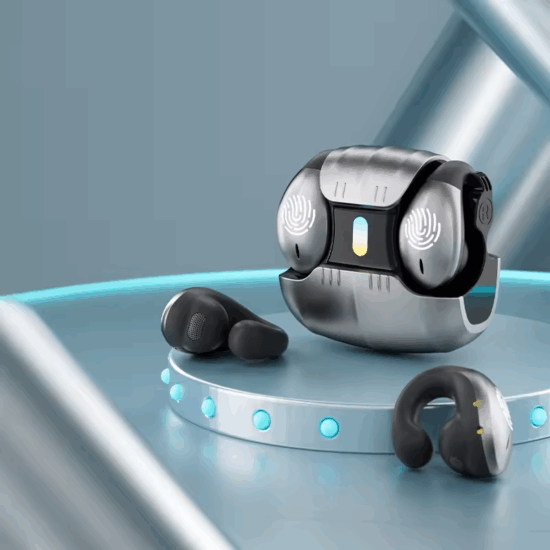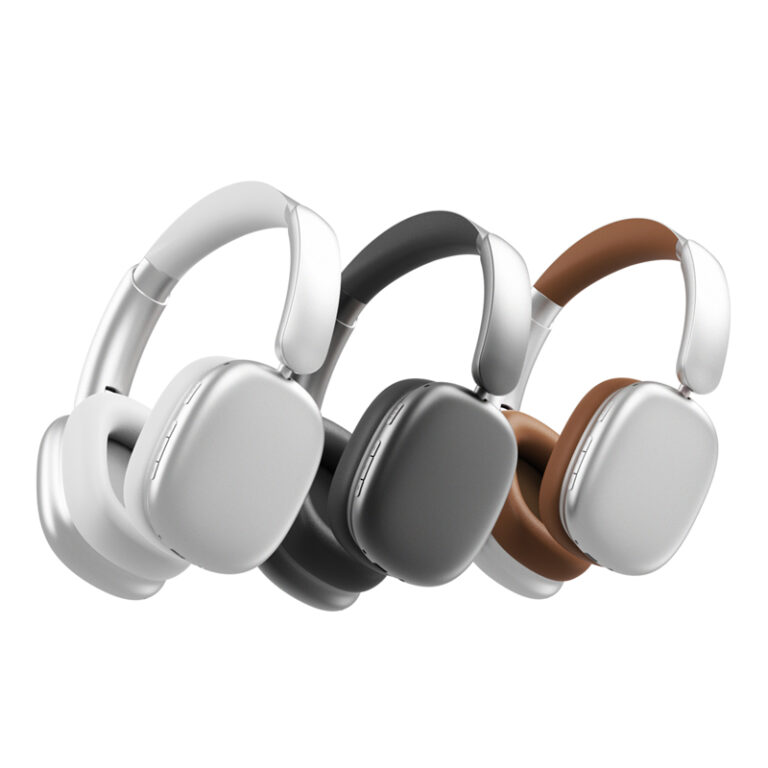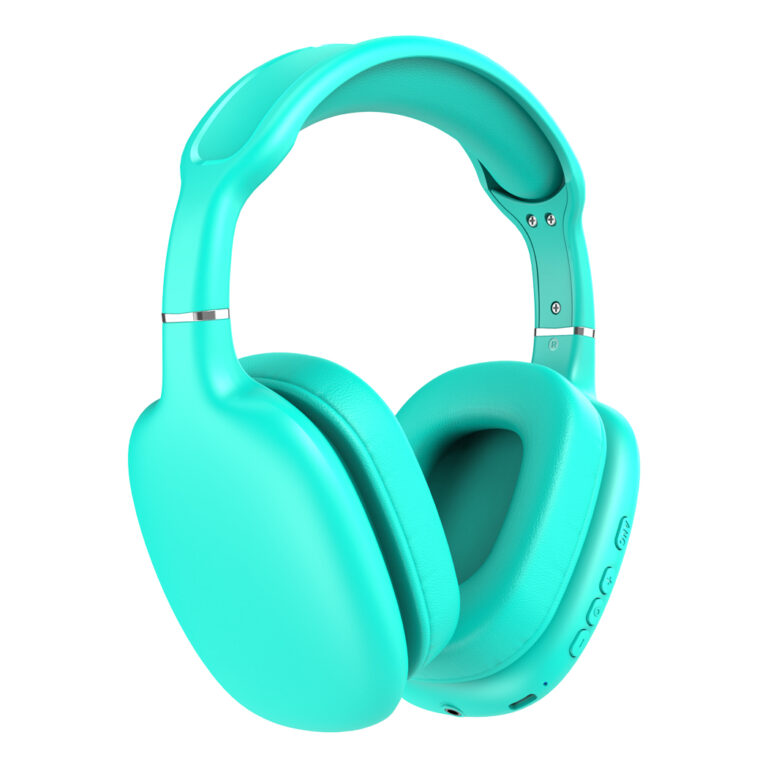jay@nbdho.com
How to Design Over-Ear Headphones for Optimal Long-Term Comfort
Designing over-ear headphones that offer long-term comfort is a critical challenge that directly affects user satisfaction and brand loyalty. Many users wear headphones for hours, whether for work, gaming, or leisure, so discomfort can quickly lead to negative experiences and product returns. To create headphones that users love, designers must focus on ergonomics, materials, adjustability, and weight distribution. Below are key considerations to design over-ear headphones that provide comfort over extended periods.
1. Prioritize Ergonomic Fit and Headband Design
The foundation of comfortable over-ear headphones starts with an ergonomic design that matches the natural shape of the head. The headband should distribute weight evenly across the top of the head to avoid pressure points. Using flexible, adjustable headbands made from materials like reinforced plastic or lightweight metals allows for a customized fit across various head sizes. Incorporating padding on the underside of the headband reduces discomfort from prolonged wear and prevents headaches.
2. Use Soft, Breathable Padding on Ear Cups
Ear cup cushions are vital for comfort and isolation. Designers should choose high-quality memory foam or gel-infused padding that molds gently to the user’s ears and surrounding area, reducing pressure and improving fit. Covering the padding with breathable, skin-friendly materials such as protein leather or soft fabric helps minimize sweating and heat buildup. Proper padding thickness balances comfort with effective sound isolation, creating a cozy but immersive experience.
3. Optimize Clamping Force for Stability and Comfort
Clamping force refers to how tightly the headphones grip the head. Excessive clamping can cause discomfort, while too little can result in instability and poor sound isolation. Designers need to strike a balance by selecting springs or mechanisms that provide secure but gentle pressure. Adjustable headbands contribute to fine-tuning clamping force for different users, improving overall comfort and usability.
4. Reduce Weight Without Compromising Durability
Heavy headphones can cause fatigue and discomfort during extended use. Using lightweight materials such as aluminum alloys or carbon fiber in the frame reduces overall weight while maintaining structural integrity. Minimizing bulk and avoiding unnecessary components also help keep the headphones light. Balancing durability with lightweight construction is key to ensuring that headphones remain comfortable throughout long listening sessions.
5. Ensure Adequate Ear Space and Shape
The size and shape of the ear cups should comfortably enclose the ears without squeezing or touching them directly. Oval or rounded rectangular ear cups tend to accommodate most ear shapes better than circular designs. Adequate space inside the ear cups prevents pressure on the ears and promotes air circulation. Designers should also consider the depth of the ear cups to avoid contact with the ear canal, which can cause discomfort.
6. Incorporate Adjustability and User Customization
Allowing users to adjust headphone components enhances comfort significantly. Sliding mechanisms on headbands, rotatable and swiveling ear cups, and detachable cables provide personalized fit and convenience. Customizable padding options or interchangeable ear cups also offer tailored comfort solutions, especially for users with specific needs like glasses wearers or those with sensitive skin.
7. Test Comfort in Real-World Conditions
Finally, comfort design must be validated through extensive user testing. Real-world trials involving diverse user groups help identify pressure points, heat issues, or fit problems. Feedback-driven iteration allows designers to refine padding density, headband tension, and materials to achieve optimal comfort. Simulating long listening sessions ensures that comfort is sustained over hours of use, not just initially.





